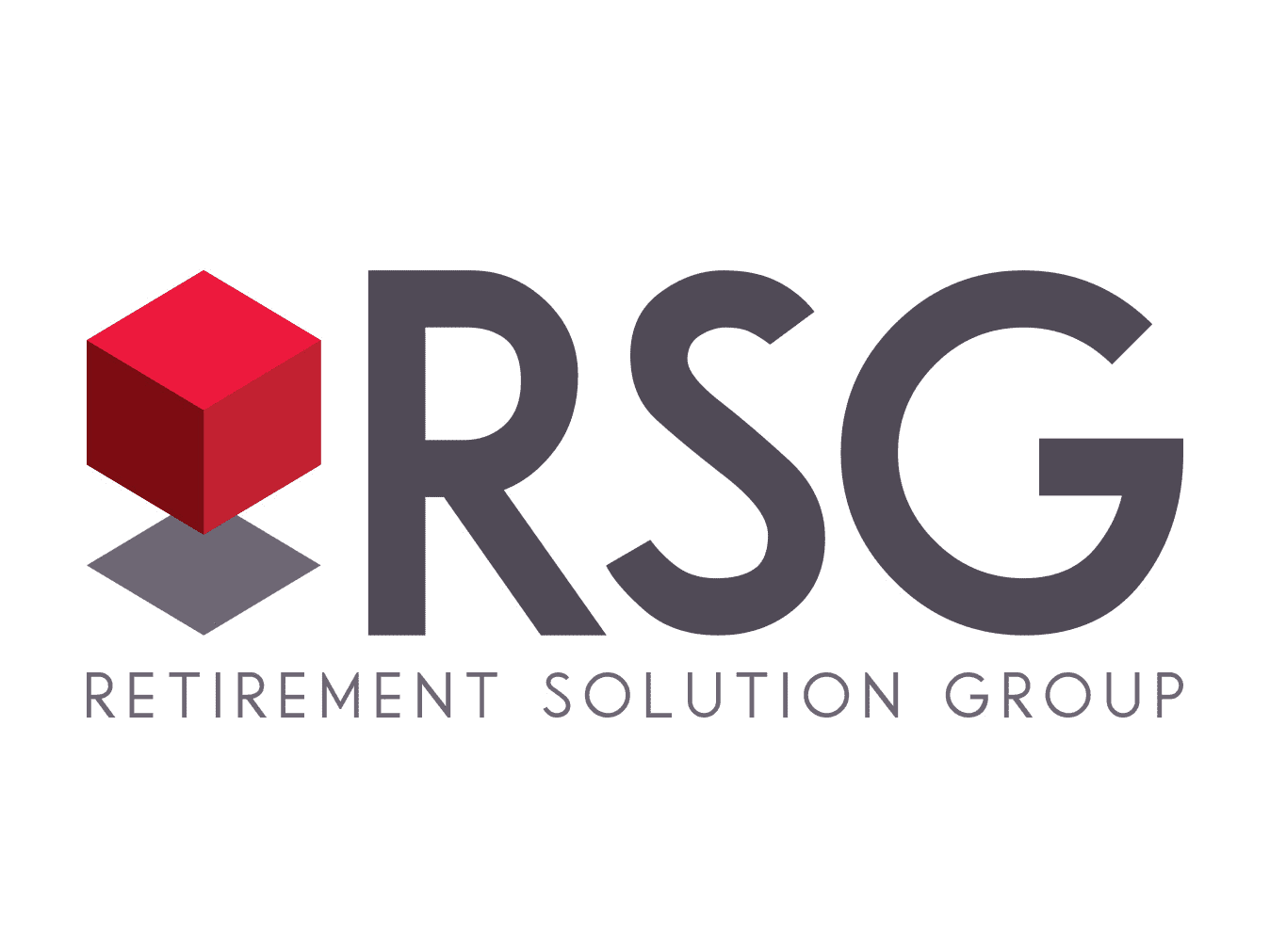For business owners, striking a balance between operating costs and profit is the cornerstone of success.
Operating costs include everyday expenses like salaries, rent and supplies. Profit, on the other hand, is what remains after all these operating costs have been paid. It’s the reward for the risks taken and the value created by your business. Often, savvy business owners will look to tax strategies to help find the sweet spot, where operating costs are managed efficiently while maximizing profit.
By utilizing tax-friendly strategies, owners can reduce their tax liability, effectively boosting profits without increasing sales or cutting costs. Let’s delve into some of these strategies and explore how they could potentially bolster your business’s financial health, reduce taxes and help you save for retirement.
5 Tax Strategies to Consider
1. Max Out 401(k) Contributions
Maximizing contributions to your 401(k) account reduces taxable income. If you are not maxing out your 401(k) plan each year, you’re missing out on a significant tax advantage. For 2024, the employee contribution limit is $23,000. Individuals aged 50 or above can contribute an additional $7,500, making their total tax-deferral limit $30,500.1
2. Profit Sharing Contributions
A profit sharing plan allows employers to make contributions to retirement savings accounts based on the company’s profits. This incentivizes employees and provides tax benefits for the business.
Example
Murphy’s Motors is a small business with two owners, both aged 57, and a diverse team of 20 employees. Murphy’s Motors had a profitable year and wants to fund $110,000 into the profit sharing plan. After talking with their Third-Party Administrator (TPA), the owners learn they can allocate $43,500 into one of the owner’s accounts, $43,500 into the other owner’s and $23,000 into eligible employees’ accounts.
3. Cash Balance Plan
These are types of defined benefit retirement plans. They offer an advantage to business owners by allowing them to contribute substantially larger annual amounts in comparison to other retirement plans, such as 401(k)s.
Example
The owners of Murphy’s Motors are eager to accelerate their retirement savings. They each anticipate compensation of $250,000 for the current year. After maximizing their 401(k), catch-up and profit sharing contributions, they aim to each contribute and deduct an additional $100,000 toward their retirement savings. Upon consulting with their TPA, they discover that to achieve their combined savings goal of $200,000, they will need to contribute $50,000 toward their employees’ retirement plans. This results in a substantial $250,000 tax deduction for their business.
4. Health Savings Account (HSA)
An HSA is a tax-advantaged medical savings account for individuals enrolled in a high-deductible health plan (HDHP). Contributions to an HSA reduce taxable income. The funds grow tax-free and withdrawals for qualified medical expenses are tax-free. For 2024, the contribution limits are $4,150 for individual coverage and $8,300 for family coverage. At age 55, individuals can contribute an additional $1,000.2
5. Hiring Family Members
While this may sound odd, hiring family members can be an effective tax strategy for business owners. By employing family members, you can transfer income from a higher to a lower tax bracket, potentially reducing your overall tax liability. The wages paid for legitimate work are deductible business expenses.
Example
Consider Joan Murphy, co-owner of Murphy’s Motors. She employs her teenage son, Alex, for daily operations at the shop. Alex’s wages are now a deductible business expense. If his earnings stay under the standard deduction of $13,850, they remain tax-free. Consult your tax professional for detailed advice.
Every business is unique, with its own specific challenges, opportunities and goals. That’s why we’re here to help you explore these potential strategies, understand their implications and implement the ones that are right for you.
[1] Internal Revenue Service. “401(k) and Profit-Sharing Plan Contribution Limits.” 2023.
[2] Internal Revenue Service. “Rev. Proc. 2023-23.” May 2023.
This information was developed as a general guide to educate plan sponsors and is not intended as authoritative guidance or tax/legal advice. Each plan has unique requirements, and you should consult your attorney or tax advisor for guidance on your specific situation.©401(k) Marketing, LLC. All rights reserved. Proprietary and confidential. Do not copy or distribute outside original intent.


